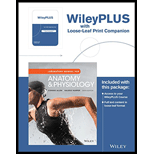
Concept explainers
(a).
To label: The photomicrographs in figure 6.3.
Introduction: The epithelial tissue is formed by joining the epithelial cells in the body. The epithelial cells have important functions like protecting the tissue layers and hence they are always found on the surface of the organs and tissues. The epithelial cells also act as a barrier to control the movement of molecules in-between the glands.
(a).
Answer to Problem 1.3BGL
Pictorial representation:
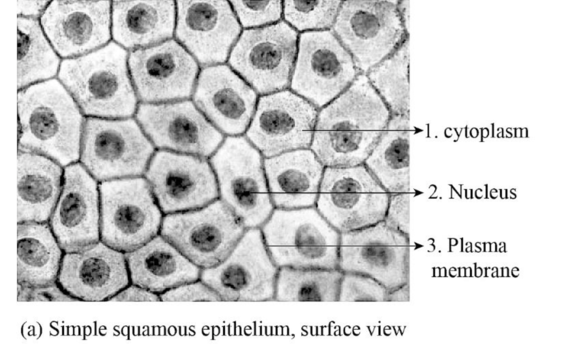
Fig.1: The figure showing simple squamous epithelial cell.
Explanation of Solution
Simple squamous epithelial cells: The simple squamous epithelial cells are a single layer of epithelial cells that are found in the alveoli in the lungs, glomerular capsule; as endothelium in the inner lining of capillaries, as mesothelium in the peritoneal cavity and mediastinum. These epithelial cells have a specific function of gaseous exchange by diffusion, secretion, filtration, absorption. The presence of single layer allows easy passage of the gases in-between the cells.
(b).
To label: The photomicrographs in figure 6.4.
(b).
Answer to Problem 1.3BGL
Pictorial representation:
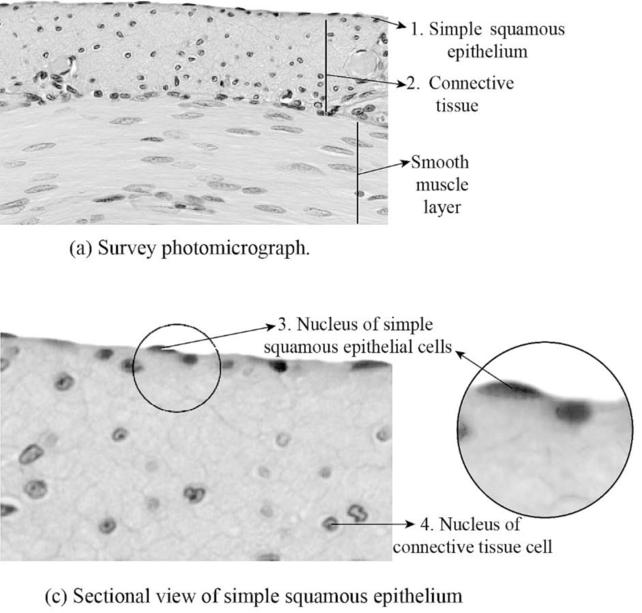
Fig.2: The figure showing sectional view of simple squamous epithelial cell.
Explanation of Solution
The cross section image of the simple squamous epithelial cells shows, smooth muscle are covered by the epithelial cells. The connective tissue forms the basement membrane for the epithelial cells to form a single layer of simple squamous epithelial cell over the smooth muscle.
(c).
To label: The photomicrographs in figure 6.5.
(c).
Answer to Problem 1.3BGL
Pictorial representation:
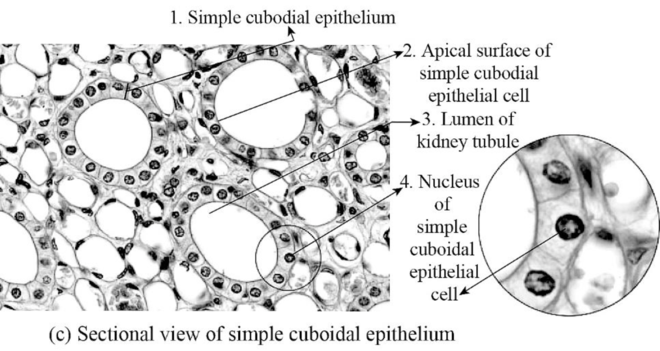
Fig.3: The figure showing simple cuboidal epithelial cell.
Explanation of Solution
Simple cuboidal epithelial cells: The simple cuboidal epithelial cells are a single layer of epithelial cells that are found in the wall of kidney tubules and glands. These epithelial cells have a specific function of absorption and secretion. These epithelial cells absorb substance from outside of the tubules and secret those substances inside the kidney tubules.
(d).
To label: The photomicrographs in figure 6.6.
(d).
Answer to Problem 1.3BGL
Pictorial representation:

Fig.4: The figure showing simple columnar epithelial cell.
Explanation of Solution
Simple columnar epithelial cells: The simple columnar epithelial cells are a single layer of epithelial cells that are found in the lining of the stomach and intestines. These are special types of cells that are elongated and have microvilli present on them. The columnar epithelial cells have special functions like secreting digestive juices and absorption by increasing the surface area in the small intestine.
(e).
To label: The photomicrographs in figure 6.7.
(e).
Answer to Problem 1.3BGL
Pictorial representation:

Fig.5: The figure showing stratified squamous epithelial cell.
Explanation of Solution
Stratified squamous epithelium: The stratified squamous epithelium cells are found at areas of lips, esophagus, mouth, vagina, and anus. The stratified epithelium formed by multiple layers of epithelium cells that makes surface area to be thicker, damage resistance, forms a protective barrier against friction and abrasion, and also prevent the entry of pathogens due to their tight adherence of multi-layered cells.
(f).
To label: The photomicrographs in figure 6.8.
(f).
Answer to Problem 1.3BGL
Pictorial representation:
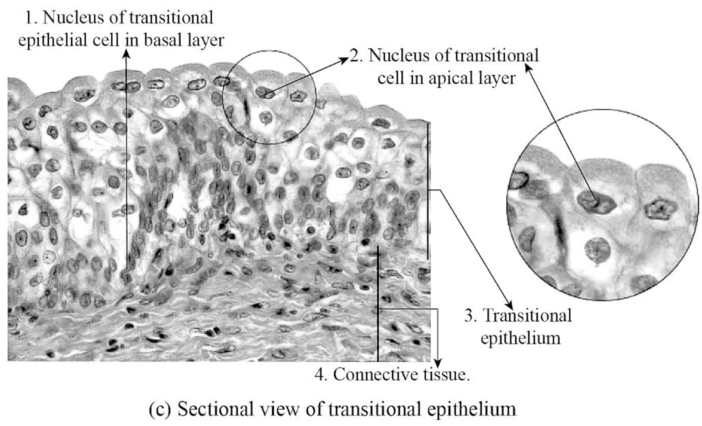
Fig.6: The figure showing transitional epithelial cell.
Explanation of Solution
Transitional epithelium cell: The transitional epithelial cells are one of the types of epithelial cells that has a special function like changing the structure of the cell. The transitional epithelial cells are found in the lining of the urinary bladder, urethra, and ureters. The function of the transitional epithelial cells is to form a protective barrier on the surface of the urinary bladder and also reduces tension.
(g).
To label: The photomicrographs in figure 6.9.
Introduction: The epithelial cell is formed by joining cells that together form layers of epithelial cells in the body. The epithelial cells have important functions like protecting the tissue layers and hence they are always found on the surface of the organs and tissues.
(g).
Answer to Problem 1.3BGL
Pictorial representation:
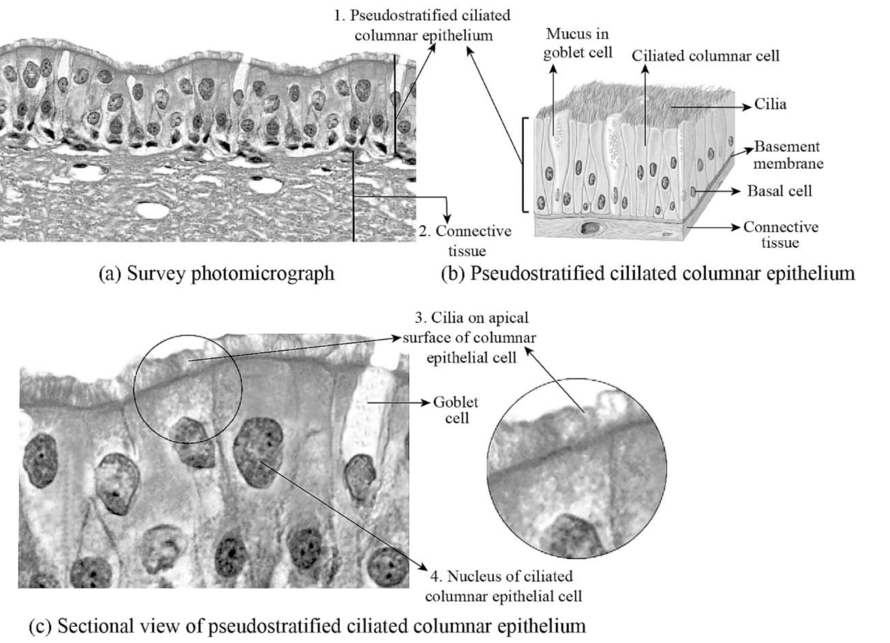
Fig.7: The figure showing pseudostratified epithelial cell.
Explanation of Solution
Pseudostratified epithelium cell: The stratified epithelium formed by multiple layers of epithelium cells that makes surface area to be thicker, damage resistance, forms a protective barrier against friction and abrasion, and also prevent the entry of pathogens. The pseudostratified epithelial cells also look like multilayer epithelium but it is a single-layered thick cell. The pseudostratified columnar epithelial cells found in the nasal cavity lining. The pseudostratified columnar epithelial cells protect the nasal cavity by secretion of mucus to trap the pathogens and dust.
Want to see more full solutions like this?
Chapter 6 Solutions
Laboratory Manual for Anatomy and Physiology, 6e Loose-Leaf Print Companion
 Human Anatomy & Physiology (11th Edition)BiologyISBN:9780134580999Author:Elaine N. Marieb, Katja N. HoehnPublisher:PEARSON
Human Anatomy & Physiology (11th Edition)BiologyISBN:9780134580999Author:Elaine N. Marieb, Katja N. HoehnPublisher:PEARSON Biology 2eBiologyISBN:9781947172517Author:Matthew Douglas, Jung Choi, Mary Ann ClarkPublisher:OpenStax
Biology 2eBiologyISBN:9781947172517Author:Matthew Douglas, Jung Choi, Mary Ann ClarkPublisher:OpenStax Anatomy & PhysiologyBiologyISBN:9781259398629Author:McKinley, Michael P., O'loughlin, Valerie Dean, Bidle, Theresa StouterPublisher:Mcgraw Hill Education,
Anatomy & PhysiologyBiologyISBN:9781259398629Author:McKinley, Michael P., O'loughlin, Valerie Dean, Bidle, Theresa StouterPublisher:Mcgraw Hill Education, Molecular Biology of the Cell (Sixth Edition)BiologyISBN:9780815344322Author:Bruce Alberts, Alexander D. Johnson, Julian Lewis, David Morgan, Martin Raff, Keith Roberts, Peter WalterPublisher:W. W. Norton & Company
Molecular Biology of the Cell (Sixth Edition)BiologyISBN:9780815344322Author:Bruce Alberts, Alexander D. Johnson, Julian Lewis, David Morgan, Martin Raff, Keith Roberts, Peter WalterPublisher:W. W. Norton & Company Laboratory Manual For Human Anatomy & PhysiologyBiologyISBN:9781260159363Author:Martin, Terry R., Prentice-craver, CynthiaPublisher:McGraw-Hill Publishing Co.
Laboratory Manual For Human Anatomy & PhysiologyBiologyISBN:9781260159363Author:Martin, Terry R., Prentice-craver, CynthiaPublisher:McGraw-Hill Publishing Co. Inquiry Into Life (16th Edition)BiologyISBN:9781260231700Author:Sylvia S. Mader, Michael WindelspechtPublisher:McGraw Hill Education
Inquiry Into Life (16th Edition)BiologyISBN:9781260231700Author:Sylvia S. Mader, Michael WindelspechtPublisher:McGraw Hill Education





